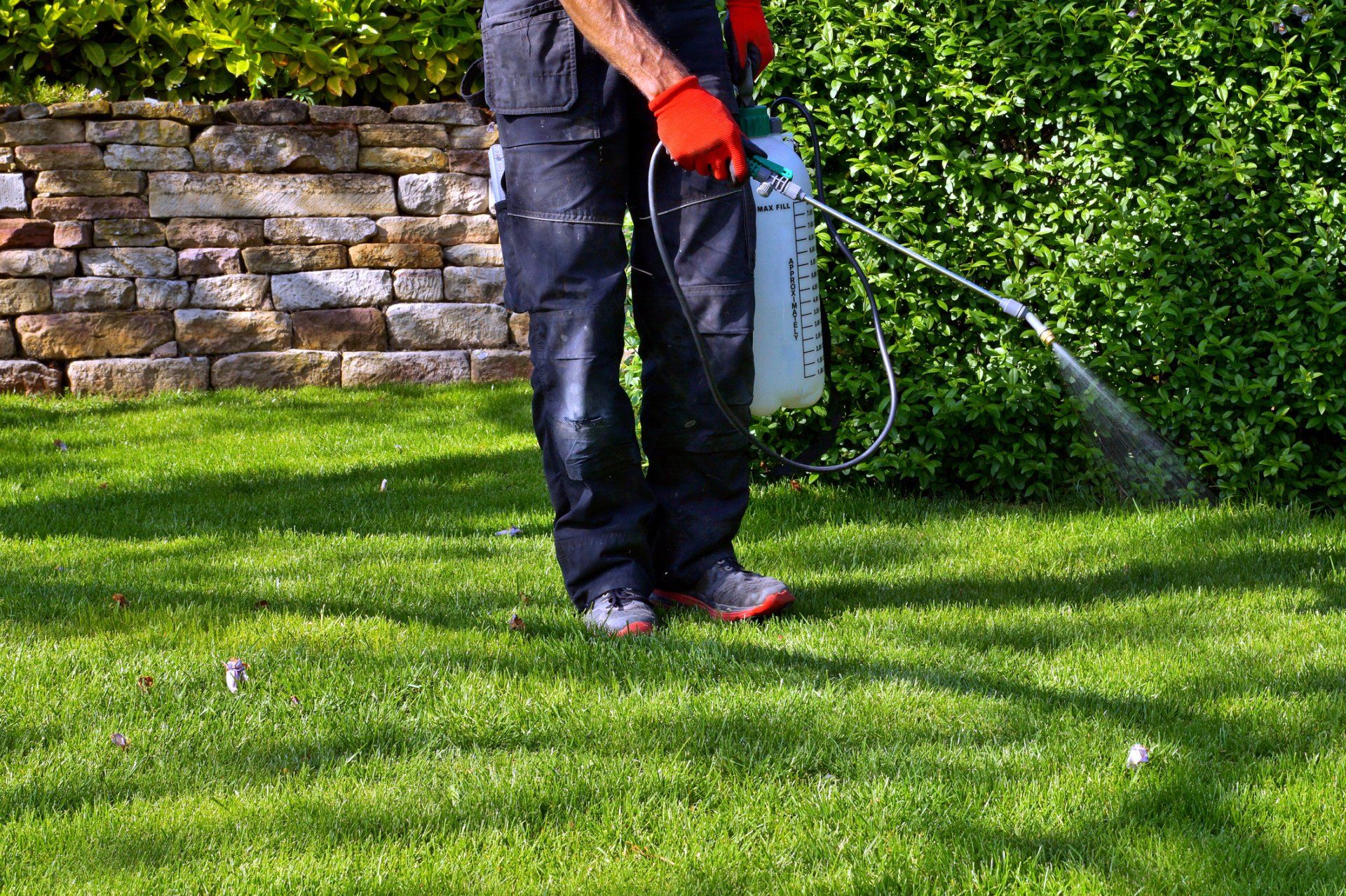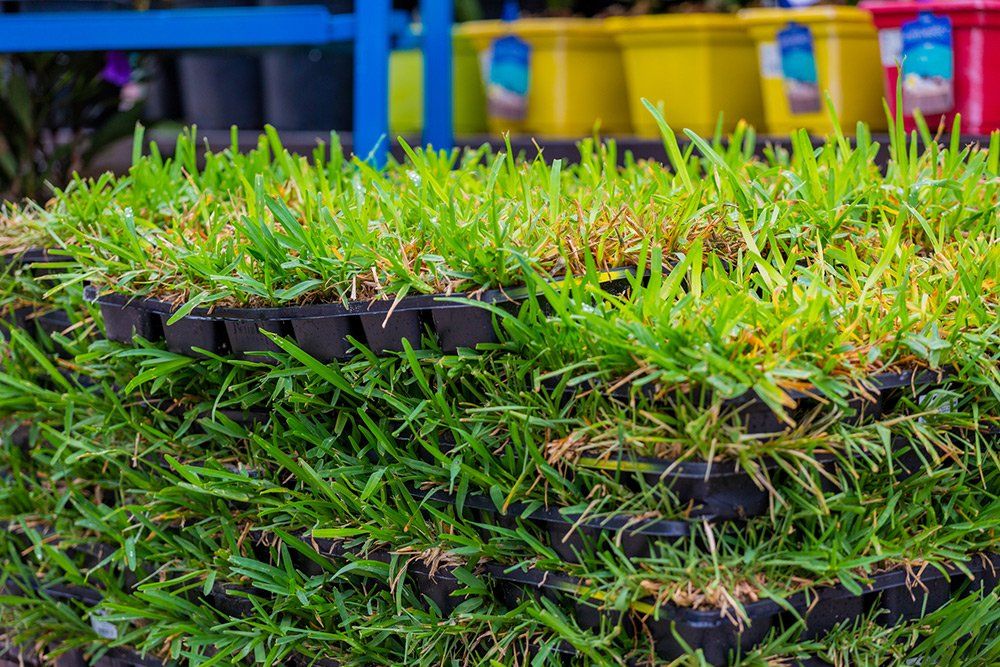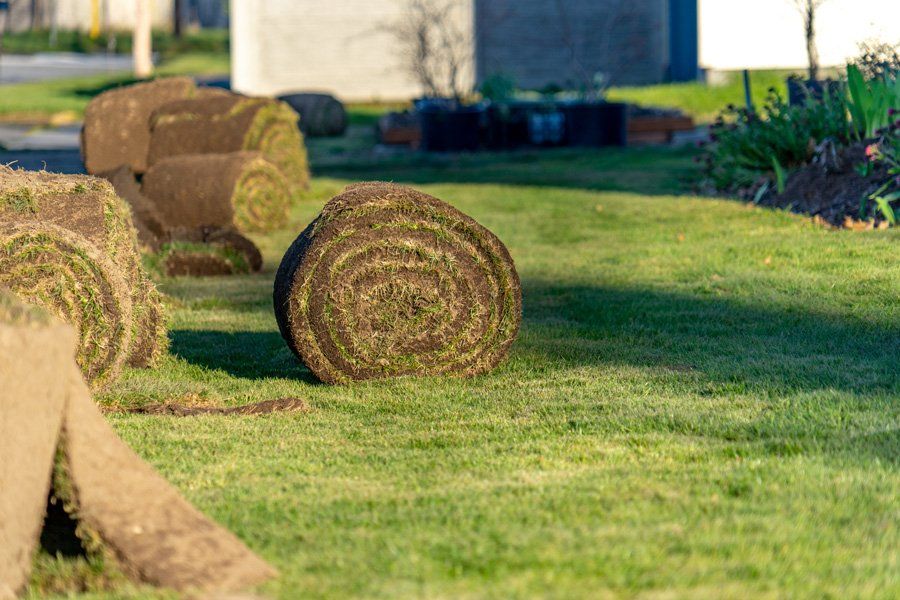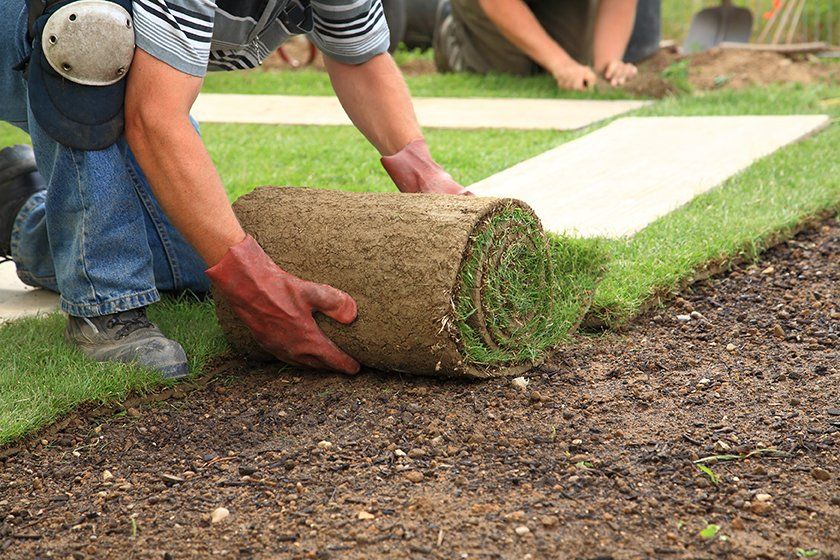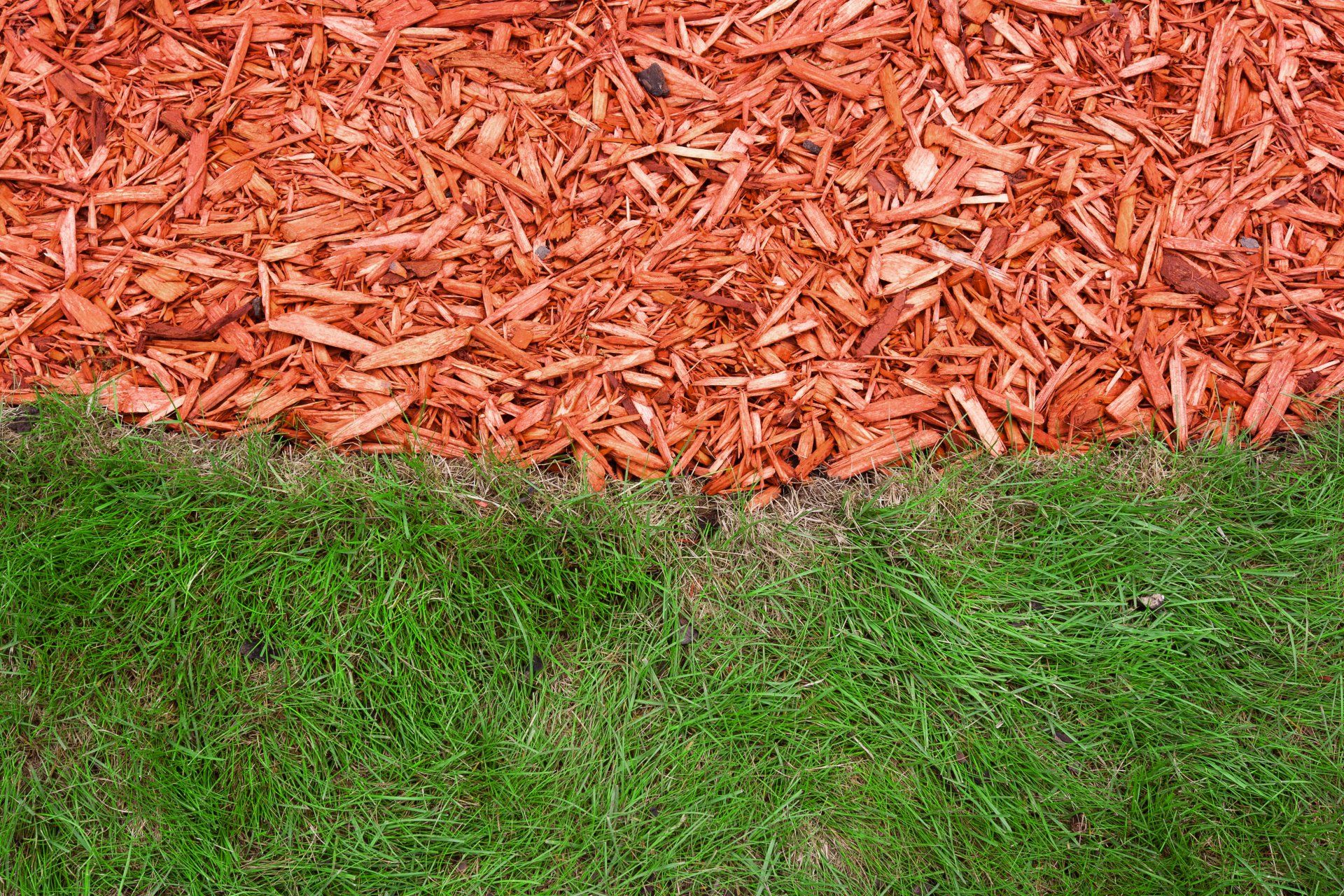3 Signs Your Yard Needs New Sod
- By Admin
- •
- 22 Oct, 2019
- •
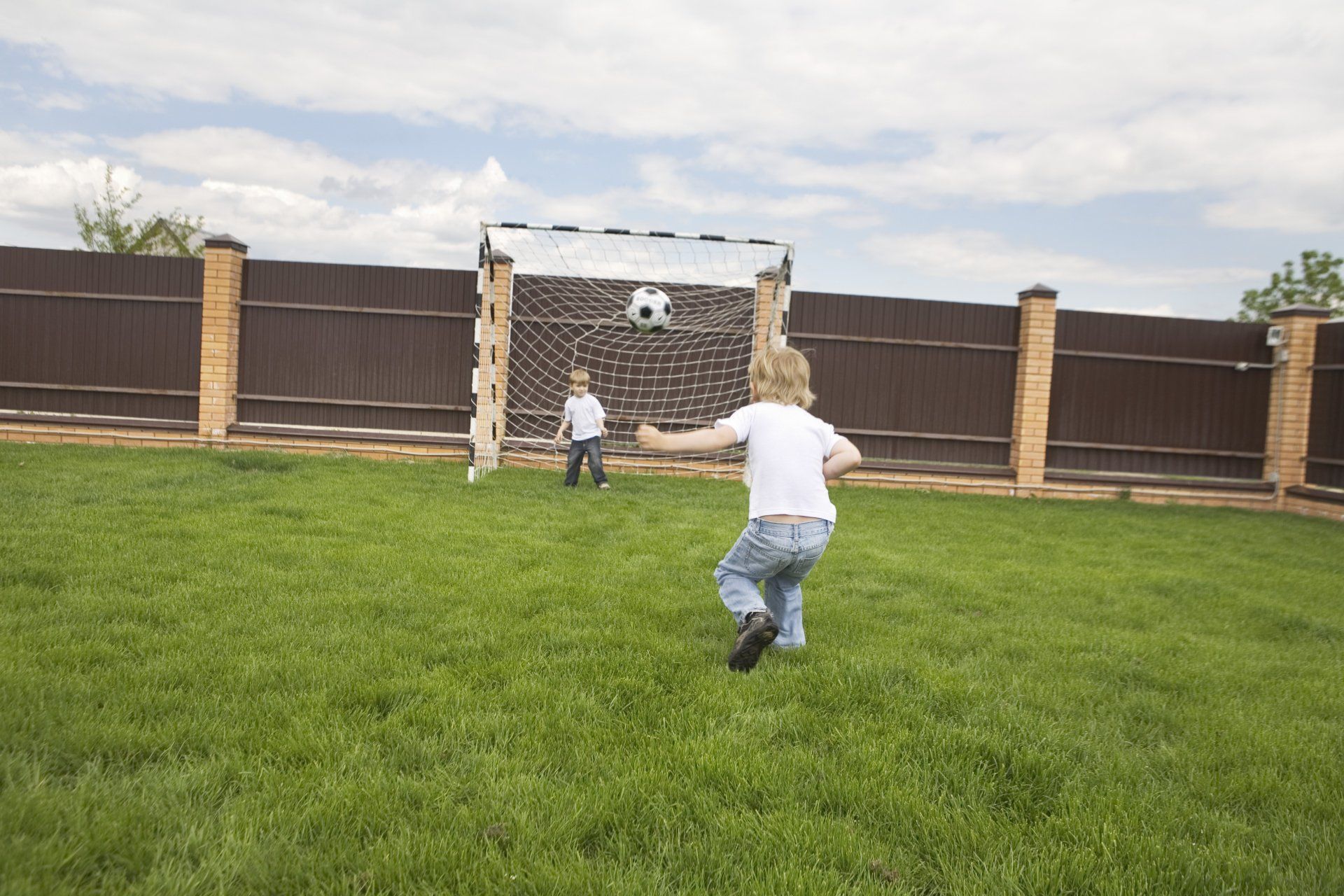
A beautiful green lawn adds spectacular curb appeal to your home and provides an ideal playground for kids and pets. However, sometimes a lawn starts to show signs it is less than healthy. Large patches of your grass may visibly suffer and leave you wondering if your lawn needs a new beginning. Here are three convincing signs your yard needs new sod.
1. Erosion and Runoff When It Rains
Fall and autumn rain can take a toll on plants - especially during hurricane season. A healthy, established lawn is able to absorb all that extra moisture and allows the rain to soak into the ground. However, a patchy lawn with large bare spots of soil cannot perform this essential task because it lacks significant root structure.
Instead, a rainstorm quickly turns into a messy event when visible rivulets form in your yard and channel mud and debris elsewhere. You may be left with flooded or displaced flowerbeds, puddles near the foundation of your home, and mud flows on nearby concrete patios and driveways.
When you notice erosion and run-off after a storm, your lawn might need new sod. A healthy new sod yard helps better control runoff and won't leave you cleaning up a mess after the storm clears up.
2. Dead Brown Spots Despite Fertilizer
Occasional dead spots in your yard are normal events, especially if you have a dog. Pet urine high in nitrogen kills grass. If you fertilize your lawn according to instructions, your grass should be lush and bright. Over-application of fertilizer that contains nitrogen will uniformly burn grass but not create dead spots. So why does your lawn have brown or dead spots?
The answer lays beneath the thatch and in the soil. Pests like chinch bugs and grubs love to feast on grass blades and roots. Eventually, the eaten grass turns brown and dies. The insects breed and multiply, spreading throughout the soil to eat new areas. As a result, dead patches appear across the grass and even increase in size.
Without intervention, pests can kill large areas of lawn. When grubs eat grass roots, there's nothing left to regrow after they move on to greener pastures. The best remedy is to start over with new sod after first treating your yard for pests. Once sod is established, follow a regular maintenance pattern to control pests and prevent future invasions in your new grass.
3. Wrong Grass Type for Your Climate
Your lawn might turn brown during certain times of the year and look out of place compared to other grassy lawns nearby. The best grass type for coastal North Carolina is one that can withstand hot summers and cool winters and survive in salty or sandy soils.
Warm season grasses like Bermuda, centipede, St. Augustine, and Zoysia are better suited for lawns in the south. These grasses green up quickly when spring temperatures rise, and then go dormant or turn brown if your area experiences a freeze.
Your lawn may have been established by a builder or previous owner unsure of the best grass type for the coast. They may have used a cool season grass like tall fescue or bluegrass rather than a more appropriate warm season variety. Cool season grass is better suited for the central and mountainous areas of North Carolina. If your lawn fails to look green during the hottest summer months, chances are your lawn contains cool season grass.
Warm season grass is best planted by sod rather than seed because seeds do not reliably establish uniformity. Sod quickly creates a smooth, even lawn without the need to wait for seeds to sprout. Turf Masters Sod Farms is able to provide sod for a variety of grasses. Call us and discuss which warm season grass type is best for your yard.



